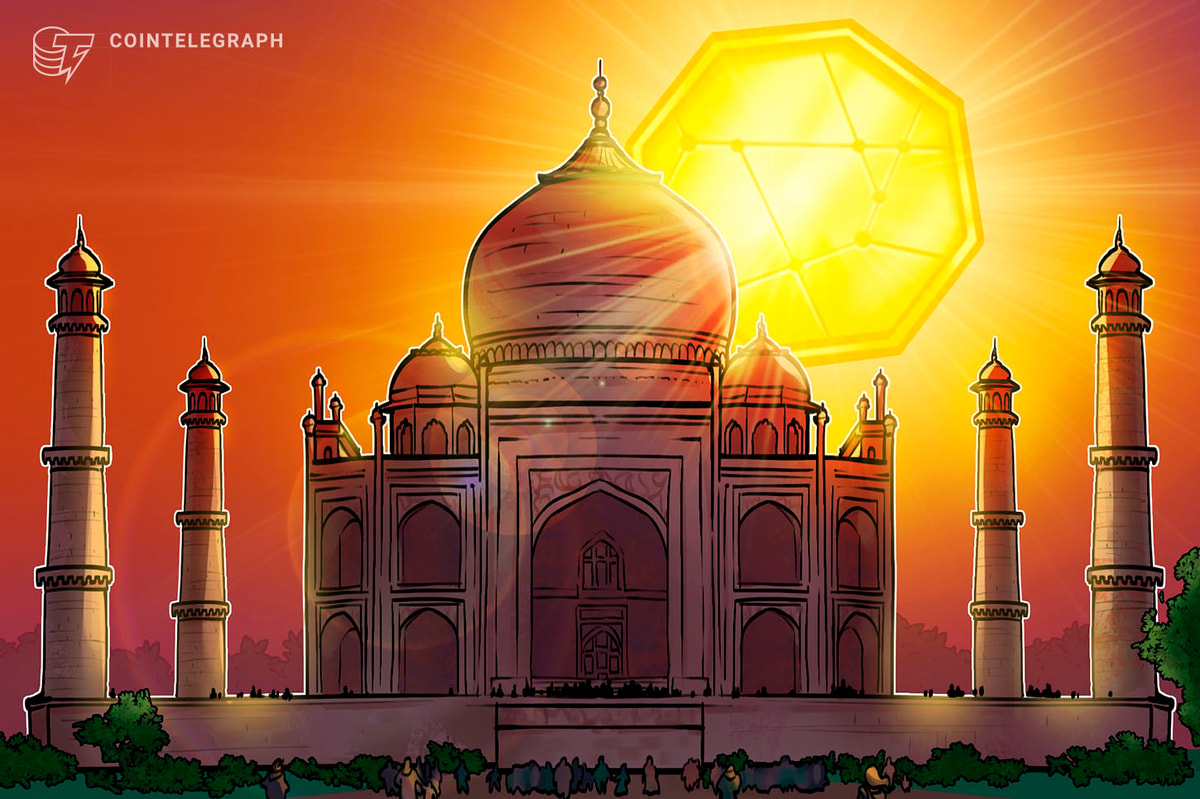India recently witnessed a remarkable convergence of tradition and technology during the MahaKumbh, a significant Hindu gathering that takes place once every 144 years. Among the intriguing scenes, a man was seen immersing himself in the sacred waters at Sangam—the meeting point of the rivers Ganga, Yamuna, and Sarasvati—while offering “Digital Snan,” represented by numerous passport-sized photographs. Additionally, a vast nine-acre camp provided attendees a window into the rich history of Hinduism, and families could experience a 360-degree virtual tour of the MahaKumbh, complete with packaged pure Sangam water delivered to their homes. These unprecedented occurrences prompt an intriguing inquiry: Could this blend of technology and tradition indicate a glimpse into India’s metaverse future?
Embracing Technology with Devotion
India’s relationship with technology is notably distinctive. The country has made significant strides in bypassing traditional tech adoption stages, shifting directly to mobile-centric digital solutions without many households ever utilizing landlines. As immersive technologies gain popularity, India exhibits a unique pattern of adoption. In recent years, the digitization of religious experiences has accelerated, exemplified by the launch of the VR Devotee app in 2016, which allowed users to participate virtually in rituals and festivals from over 150 temples. Engagement soared by 40% during the COVID-19 pandemic as devotees sought virtual participation.
The Indian government has recognized this potential and initiated “Temple 360” in 2022, a web platform that offers virtual darshan (viewing of deities) from key pilgrimage sites. Millions tuned in to watch the iconic Puri Jagannath Rath Yatra, which proceeded without public attendance for the first time in 2020, highlighting a growing trend where nearly all pilgrimages in India have transitioned to live streaming.
MahaKumbh: A Unique Intersection of Tradition and Technology
What makes MahaKumbh particularly noteworthy is its integration of immersive technologies at one of Hinduism’s most revered events, which attracted over 663 million pilgrims. The successful fusion of deep-rooted spiritual practices with digital experiences suggests a significant cultural readiness for technological adoption.
From Doubt to Cutting-Edge Technology
Under the Digital India initiative, augmented reality (AR) and virtual reality (VR) have been recognized as pivotal emerging technologies alongside artificial intelligence (AI), blockchain, and 5G networks. This acknowledgment is backed by tangible actions, including the establishment of Centers of Excellence such as VARCoE at the Indian Institute of Technology Bhubaneswar and initiatives like IMAGE to support extended reality (XR) startups. In 2022, the MeitY Startup Hub collaborated with Meta to introduce the XR Startup Program, providing grants worth 20 lakh Indian rupees (approximately $23,000) to 16 startups.
Recently, the Uttar Pradesh government unveiled a 3D VR experience center in Ayodhya, with several prominent Hindu sites, including Kashi Vishwanath Dham and Maa Vaishno Devi Bhawan, offering similar immersive experiences. This strategic approach could significantly boost India’s XR adoption, leveraging the country’s rich cultural heritage.
Corporate Leaders Pioneering the Immersive Future
India’s readiness for the metaverse is further underscored by its corporate landscape. Reliance, led by Mukesh Ambani, Asia’s wealthiest individual, is at the forefront of this movement. In a groundbreaking partnership, Jio Platforms has joined forces with Polygon Labs to incorporate Web3 and blockchain technologies into its extensive digital ecosystem. This collaboration is significant, as it introduces Web3 capabilities to Jio’s expansive user base of over 482 million customers. Previously, Jio showcased its commitment to immersive technologies with the launch of “Jio Glass,” an affordable mixed-reality device tailored for the Indian audience. Furthermore, Reliance’s acquisition of Tesseract in 2019 and its recent discussions with Meta highlight its long-term investment in immersive technologies.
This year, following its partnership with Polygon, Jio unveiled JioCoin, a noteworthy development for the Indian Web3 sector. Concurrently, the Indian Railway Catering and Tourism Corporation began issuing non-fungible token (NFT) train tickets on the Polygon blockchain for passengers traveling to the MahaKumbh festival. These initiatives leverage Polygon for its efficiency and low transaction fees, indicating a maturation in blockchain implementation across India.
Mixed Reactions and the Quest for Mainstream Acceptance
Despite the enthusiasm, not everyone is convinced that digitizing sacred rituals is a step forward. The “Digital Snan” service, priced at 1,100 rupees in Sangam, faced considerable backlash on social media, with critics arguing that such offerings commercialize spirituality and transform sacred practices into mere transactions. Additionally, it has been over eight years since Pokémon Go captivated global audiences, showcasing AR’s ability to create significant cultural phenomena. Since then, the world has yet to witness another event of that magnitude, raising concerns about whether immersive technologies can achieve the same widespread adoption as smartphones. While mall VR arcades attract curious teens for occasional visits, consistent usage patterns have yet to emerge outside specific professional environments.
Signs of Growth in Adoption?
What differentiates India’s potential metaverse from Western counterparts is its foundation in culturally significant contexts that resonate deeply with millions. While Silicon Valley focuses on virtual offices and digital asset speculation, India’s initial ventures are centered on democratizing access to culturally meaningful experiences. This culturally anchored strategy may ultimately prove more sustainable by fulfilling genuine human needs—such as connecting with heritage, participating in communal rituals, and accessing experiences that would otherwise remain out of reach due to distance or disabilities. Such initiatives may uncover the fundamental purpose that has hindered mainstream adoption elsewhere.
This article serves informational purposes and is not intended as legal or investment advice. The opinions presented here are solely those of the author and do not necessarily reflect the views or opinions of Cointelegraph.

